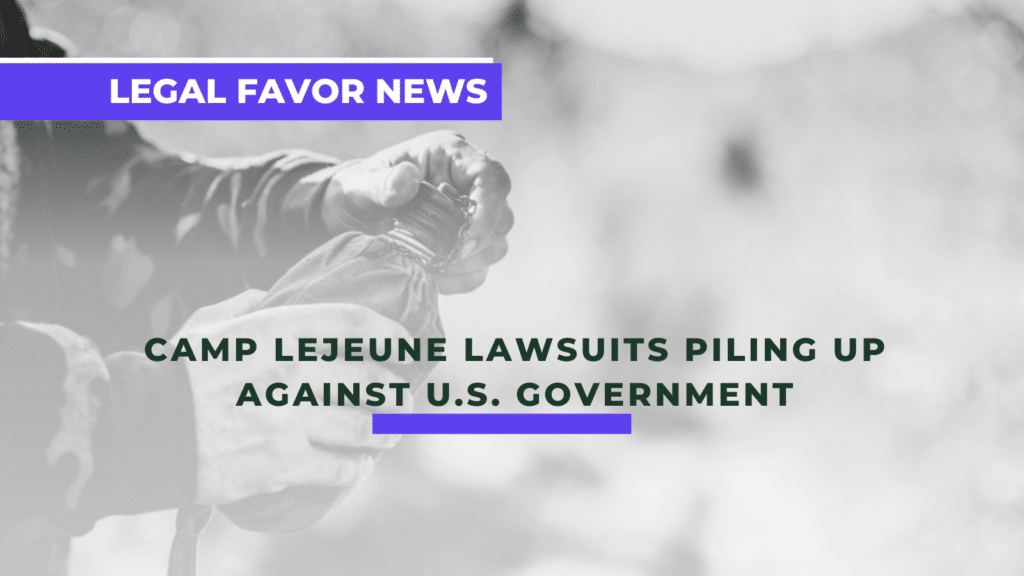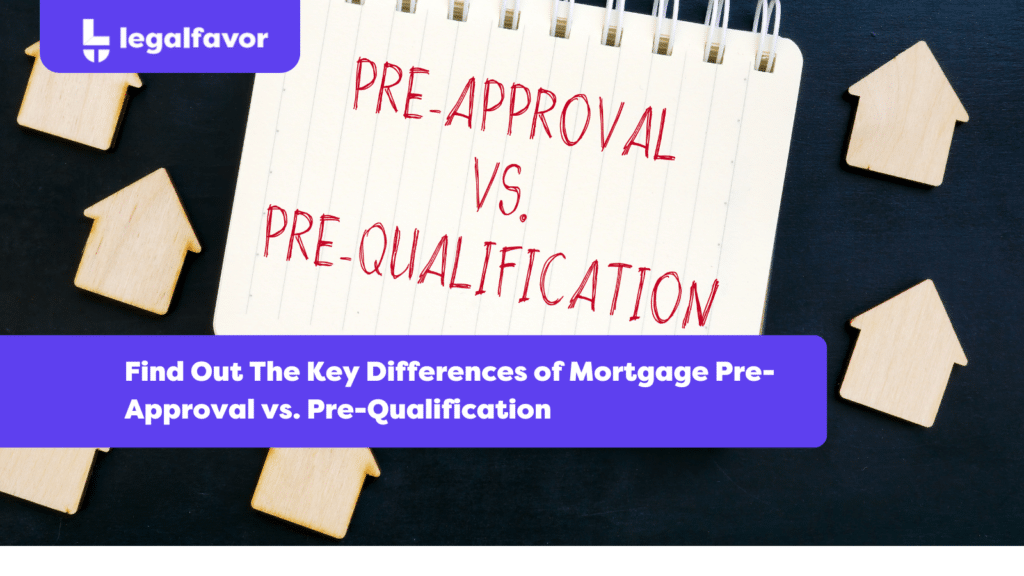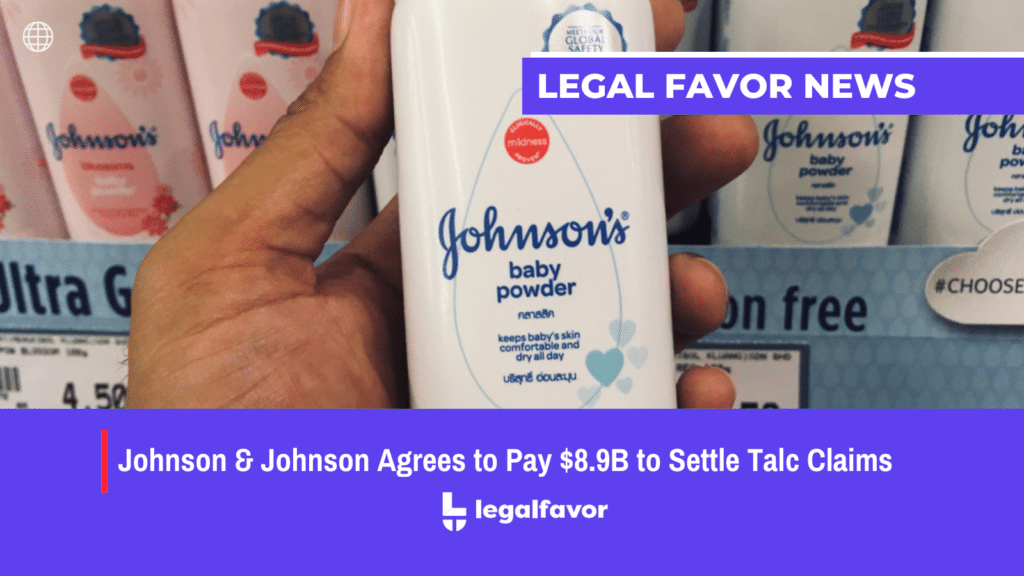SEC Rule 10b-5, otherwise known as the Employment of Manipulative and Deceptive Practices, serves as the primary basis for investigating security fraud allegations. This rule generally makes it illegal for anybody to defraud, claim false statements, omit material information, or conduct business operations that would deceive another person or entity, specifically a purchaser or a seller of a stock share, in the process of conducting transactions.
Generally, the violations of SEC Rule 10b-5 include the following circumstances:
- If there is insider trading. This typically happens when someone uses insider information to sell or buy a security in a fraudulent manner; or
- If an executive or officer of an entity makes a false statement or refrains from releasing material information that would have led a reasonable investor to purchase or sell a security that they would not have otherwise bought or sold if not due to the material statement stated, or if they knew the material information that was intentionally withheld from them.
The plaintiff must be able to establish the following critical elements of Rule 10(b)5 to show a valid claim:
- Deceit
- Scienter
- Reliance
- Damages and Loss Causation
Evidence Of Deceit For Securities Fraud Allegations
First, the plaintiff or the SEC must show sufficient evidence that the defendant made a false statement of a material fact or omitted from disclosing a material fact that affected the purchase or sale of securities.
Another key term for this element is materiality. Materiality is the seriousness or impact of the information provided or omitted to the plaintiff in their decision to proceed with the fraudulent transaction.
The standard used under this rule to determine whether a statement or information is material was established in the case TSC Industries, Inc. v. Northway, Inc. In this case, the court determined that a statement is material in nature “if there is a substantial likelihood that a reasonable shareholder would consider it important in deciding how to vote.”
Basically, it must be established that there was a significant likelihood that a reasonable investor would have considered the failure to disclose the material fact to have significantly adversely affected the information made available to them to decide to proceed with the transaction.
Scienter
The second element to a Rule 10b-5 claim is scienter or the intent of the defendant to deceive the plaintiff.
In order to show this element, the untrue statement of a material fact or its omission must be committed by the defendant in a reckless, intentional, or knowingly manner. This means that in order to establish scienter successfully, the plaintiff must show that the defendant has the mental state of intending to commit fraud.
It is important to note that a defendant negligently committing fraud does not satisfy this element. However, recklessness falls under scienter.
Reliance
The third element to a Rule 10b-5 claim is reliance.
Simply put, reliance is the bridge between the defendant’s misconduct and the economic loss and damages suffered by the plaintiff. Reliance refers to the dependence and trust placed by the plaintiff on the defendant’s fraudulent claim.
However, reliance is an element only if the defendant has stated a fraudulent material claim. Reliance is not an element that the plaintiff needs to prove if the defendant purposely omitted a material fact.
In practical application, the plaintiff must show that they suffered losses and damages because they relied on the defendant’s stated fraudulent material claim. However, there is no need for the plaintiff to prove reliance if the defendant has purposely omitted a material fact because there is no fraudulent statement.
Loss Causation and Damages For Securities Fraud Allegations
The fourth and final element to a valid Rule 10b-5 is to show that the plaintiff has suffered loss causation and damages from the defendant’s fraudulent claim or omission of material fact. This element basically ties all the other components together as it aims to show the effect of the other factors on the plaintiff.
This element requires that the plaintiff successfully show that the fraud committed by the defendants has proximately caused their losses for them to recover damages. It is essential to know that proximity does not mean direct results. Instead, the term proximity merely requires the plaintiff to establish that there is some link between the defendant’s fraudulent misconduct and the losses that the plaintiff incurred. Here, the plaintiff simply needs to show that the defendant’s action has led to some other results that ultimately caused their losses or damages.





